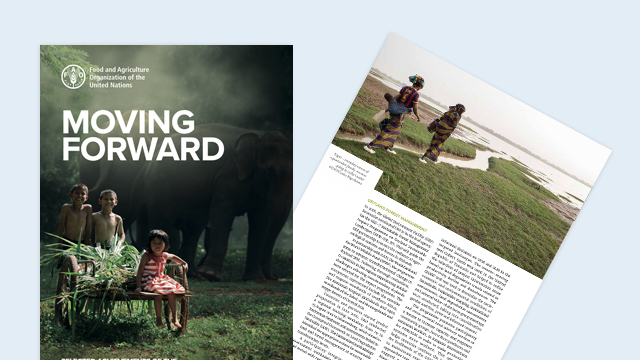
Forests cover 31 percent of the world’s land surface, store an estimated 296 gigatonnes of carbon and are home to the majority of the world’s terrestrial biodiversity.
Forests are a source of fibre, fuel, food and fodder, and they provide livelihoods for millions of people, including many of the world’s poorest. Some 2.4 billion people use wood-based energy for cooking. Forests help mitigate climate change and improve soil, air and water quality. If sustainably managed, forests are also a source of renewable raw materials, making a crucial contribution to building circular economies.
Forestry Programme
Through its Forestry Programme, FAO seeks to have transformational impacts that benefit forests and forest-dependent people and help achieve the 2030 Agenda for Sustainable Development and the Sustainable Development Goals. FAO’s approach balances economic, social and environmental objectives to enable the present generation to benefit from the Earth’s forest resources while conserving those resources to meet the needs of future generations. The Forestry Programme oversees more than 230 projects in 82 countries, with a total available project budget of USD 246 million (as of 2019). FAO is guided in its technical forestry work by the Committee on Forestry (COFO) and six regional forestry commissions.
Interactive Stories
FAO’s work in forestry
FAO’s work in forestry is clustered around the following priorities:
1. Halting deforestation and forest degradation
- Building on the experiences of the UN-REDD Programme and collaborating with UN agencies and other members of the Collaborative Partnership on Forests.
- Strong collaboration across sectors on transforming food systems to feed the planet without deforestation.
- Working on forest law enforcement, governance and trade to eliminate illegal logging and to promote the legal production and consumption of timber.
- Closely liaising with the private sector to support inclusive and sustainable value chains, including deforestation-free commodities in agriculture and forestry.
- Mainstreaming biodiversity conservation in forest management in light of the adoption of the post-2020 global biodiversity framework.
- Supporting countries to manage forest fires and forest pests, including through the establishment of fire management networks at the global and regional levels to support exchanges and cooperation on forest fire.
2. Forest restoration, reforestation and afforestation
- Promoting a global restoration movement as part of the UN Decade on Ecosystem Restoration, led by FAO and the UN Environment Programme.
- Scaling up ground-level work on forest and landscape restoration, including through the Forest and Landscape Restoration Mechanism, the Action Against Desertification project and the Global Environment Facility-funded The Restoration Initiative.
- Engaging in a new UN initiative in support of the Great Green Wall.
3. Conservation and sustainable use of forests to enhance forest-based livelihoods
- Scaling up the work of the Forest and Farm Facility, supporting forest and farm producer organizations, and supporting community-based forest management and small and medium-sized enterprises, including through the Sustainable Wildlife Management Programme and the Mountain Partnership Products initiative.
- Leading the Sustainable Wood for a Sustainable World initiative to strengthen the contributions of sustainable wood value chains to sustainable development, climate-change mitigation and circular economies.
- Promoting regional and international cooperation on the sustainable use, development and management of forest genetic resources.
- Improving forest communication and forest education to increase understanding and appreciation of forests and forestry, including for a new generation of foresters.
- Promoting the role of forests and trees in “building back better” in the wake of the COVID-19 pandemic by increasing awareness of the capacity of the forest sector to generate green jobs and livelihoods while helping conserve biodiversity and mitigate and adapt to climate change.
4. Improving forest-related data and information and capacities
- Assessing the world’s forest resources and developing national forest monitoring systems.
- FAO’s work on national forest monitoring is driven by innovation, capacity development and partnership.
- Data and statistics on the production and trade of forest products.
- Data and statistics on the contribution of forests and trees to livelihoods and better lives, eradicating poverty and hunger.


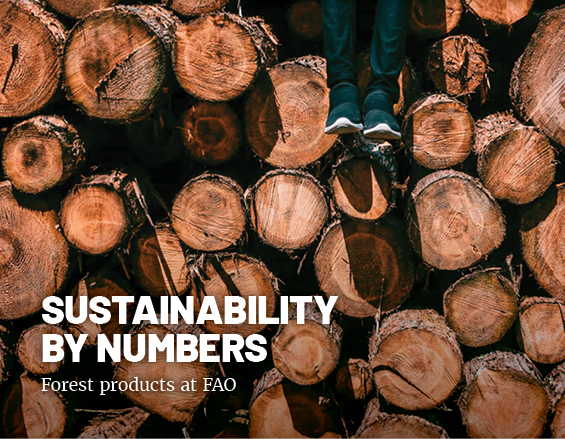
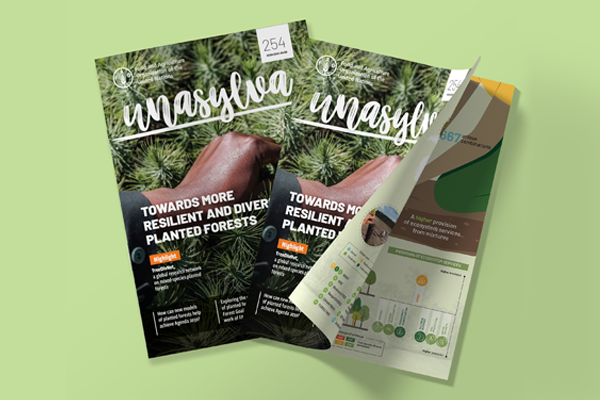
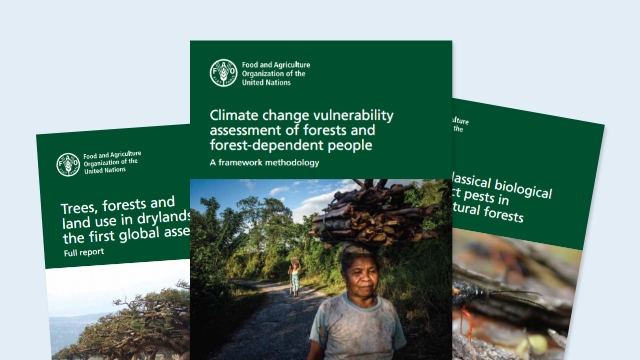
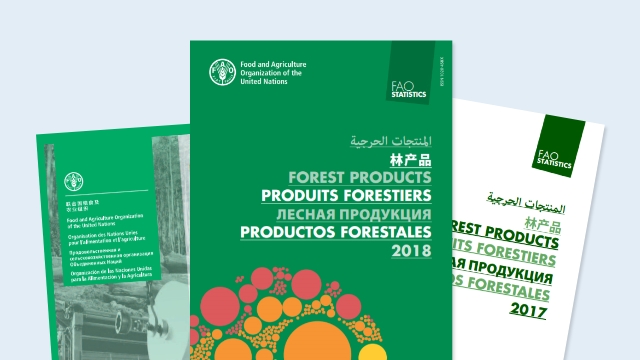 FAO Yearbook of Forest Products
FAO Yearbook of Forest Products